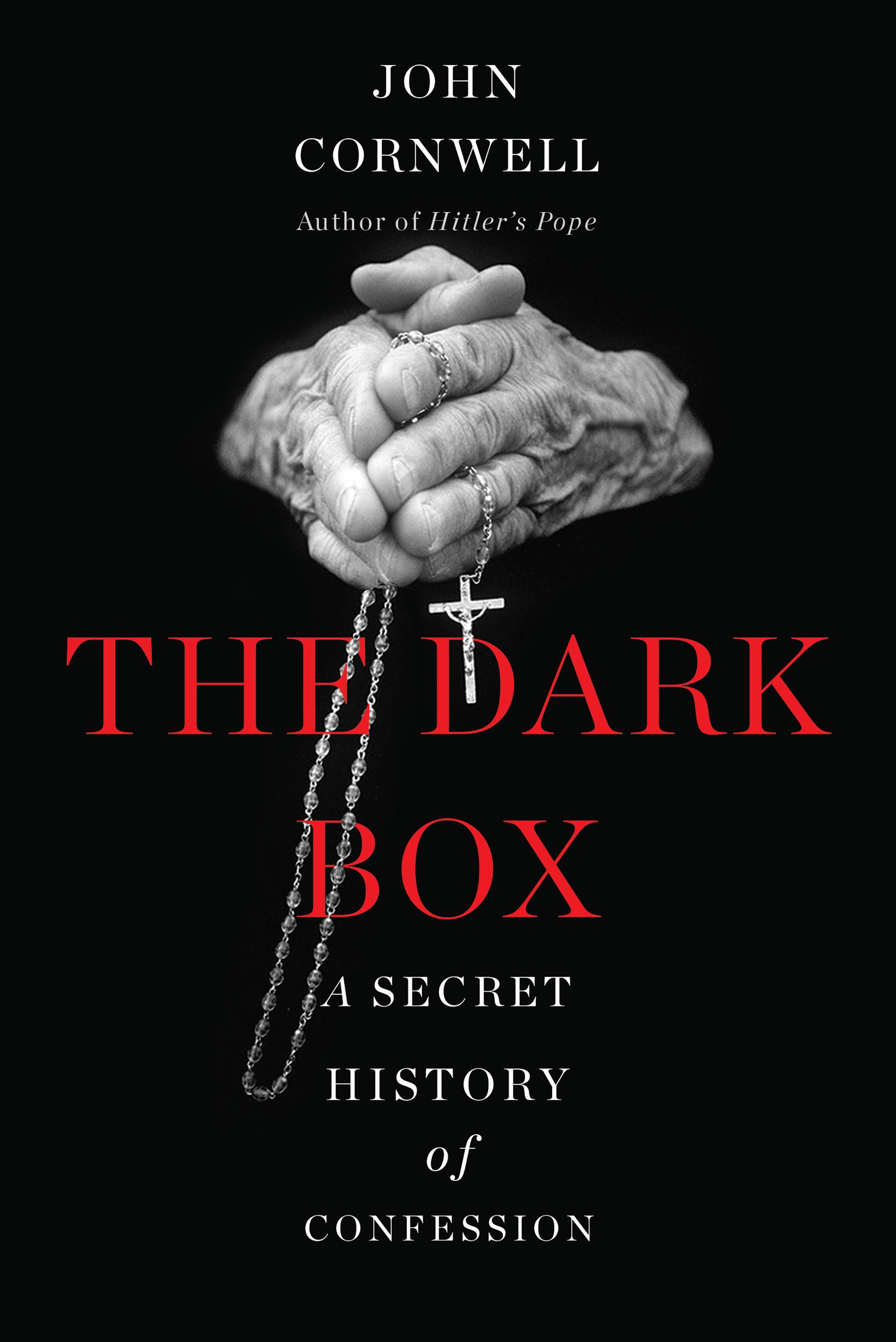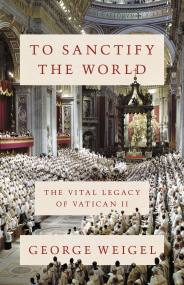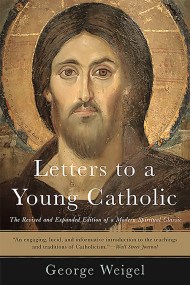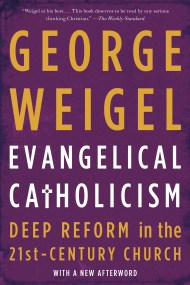Promotion
Use code MOM24 for 20% off site wide + free shipping over $45
The Dark Box
A Secret History of Confession
Contributors
Formats and Prices
Price
$18.99Price
$24.99 CADFormat
Format:
- ebook $18.99 $24.99 CAD
- Hardcover $27.99 $31.00 CAD
This item is a preorder. Your payment method will be charged immediately, and the product is expected to ship on or around March 4, 2014. This date is subject to change due to shipping delays beyond our control.
Also available from:
A bestselling journalist exposes the connection between the Catholic Church’s sexual abuse crisis and the practice of confession.
Genre:
- On Sale
- Mar 4, 2014
- Page Count
- 304 pages
- Publisher
- Basic Books
- ISBN-13
- 9780465080496
Newsletter Signup
By clicking ‘Sign Up,’ I acknowledge that I have read and agree to Hachette Book Group’s Privacy Policy and Terms of Use







